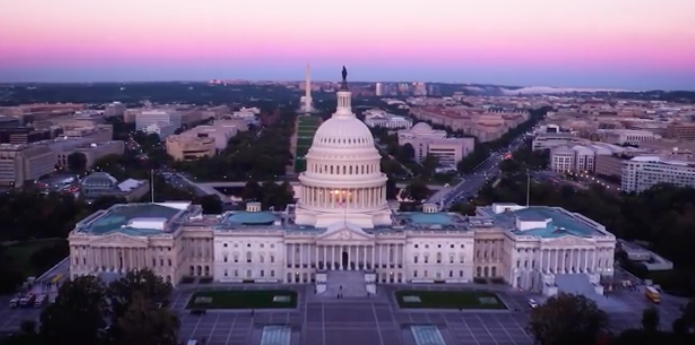More Government Vs. Less Government in Higher Education

On February 12, David A. Hyman, Professor of Law at Georgetown University, Michael DeBow, Professor of Municipal Law at Samford University, Sandy Baum, Fellow at the Urban Insittute, and James Kvaal, President of the Institute for College Access and Success, joined the Cato Institute to discuss possible solutions for the problems in higher education today. The former speakers argued that opening universities to the free market may be beneficial, while the latter speakers argued that governmental regulations are the means of obtaining success in our universities.
Professor David Hyman believes that the free market and competition might be what our universities need if we want them to innovate and better serve students. He also favors the for-profit model because he sees it as more flexible and because it has more incentive to please consumers. People have traditionally held the view that non-profit organizations are more trustworthy than for-profit organizations and that they will better serve consumers, but Hyman disputed these claims. Having taught in non-profit and for-profit universities, he discovered that “…the common element across all these (non-profit) institutions is the degree to which the terms and conditions of employment are systematically rigged in favor of the incumbents…you don’t see that in other sectors of the economy where competition and market forces drive incumbents to serve consumers’ interests.” He concluded by saying that a for-profit model is not guaranteed to work, but it is our best hope because nothing else has worked so far.
Professor Michael DeBow further explained the advantages of a for-profit university model: “For-profit higher ed does not carry the tremendous burden of a very expensive tenured faculty, so instructional costs are lower. It has much less bureaucracy, so administrative costs are lower. It has much less in the way of bricks and mortar, so the capital costs are much lower.” “Finally, and perhaps most importantly, the profit motive is a spur to the managers of the for-profit institutions, giving them a much greater incentive to innovate, especially in the marketing of higher education and in course design…” While DeBrow admitted that certain for-profit institutions participated in ‘dodgy marketing practices,’ he found non-profits were not devoid of similar problems. In fact, the authors of Academically Adrift, Richard Arum and Josipa Roksa, found that about half of students who attended a non-profit university made very little money after graduating. He argued that non-profit universities are enjoying an unfair advantage because they can get more government funding while being subject to less regulation than for-profit universities. He concluded by saying: “My advice to the current Education Department and any future one would be to treat for-profit and non-profit on equal footing. Neutrality with respect to organizational form would seem to be called for here…”
Sandy Baum suggested that in order to improve higher education, universities should focus on student success, and that governmental resources and regulations have a role to play in making universities better for students. She believes that leaving higher education up to the consumers alone will not be successful because “…students have far-from-perfect information about the education that they are purchasing…I think we agree that the idea that eighteen-year old’s or twenty-seven-year old single parents who don’t have a college degree and really don’t know many people who went to college are not in a position to actually decide…what the best decision for them is.” Baum said that the government needs to regulate education to pressure universities into providing high-quality education for students: “…it really matters how much they(students) learn. The market is not itself going to solve this problem. The market needs to be supported by constructive regulation, needs to be well designed, students and institutions need better incentives…we also need to support those incentives with strong regulation.”
James Kvaal likewise believes that governmental regulation of universities can be beneficial. He said that the gainful employment regulation during the Obama administration was effective. “The gainful employment act said that we’re going to look at actual student debts held by graduates of for-profit college programs and career education programs at community colleges and we’re going to go to the Social Security Administration and get their actual wage data and we’re going to ask if those debts are reasonable relative to the earnings of graduates of those programs.” He argued that students received a better value from the universities they attended after this regulation took effect. Kvaal’s main point is that left to their own devices, universities would not do enough to improve: “In my view, these programs are federally funded—if we think that they are enrolling too many students, graduating too few, helping too few find jobs-that is because of the financial incentives created by the federal programs, it is because of the lack of standards and quality assurance for those programs, and it is appropriate to have federal regulations to protect both students and taxpayers for getting a return on the billions of dollars that they invest in these colleges every year.”




